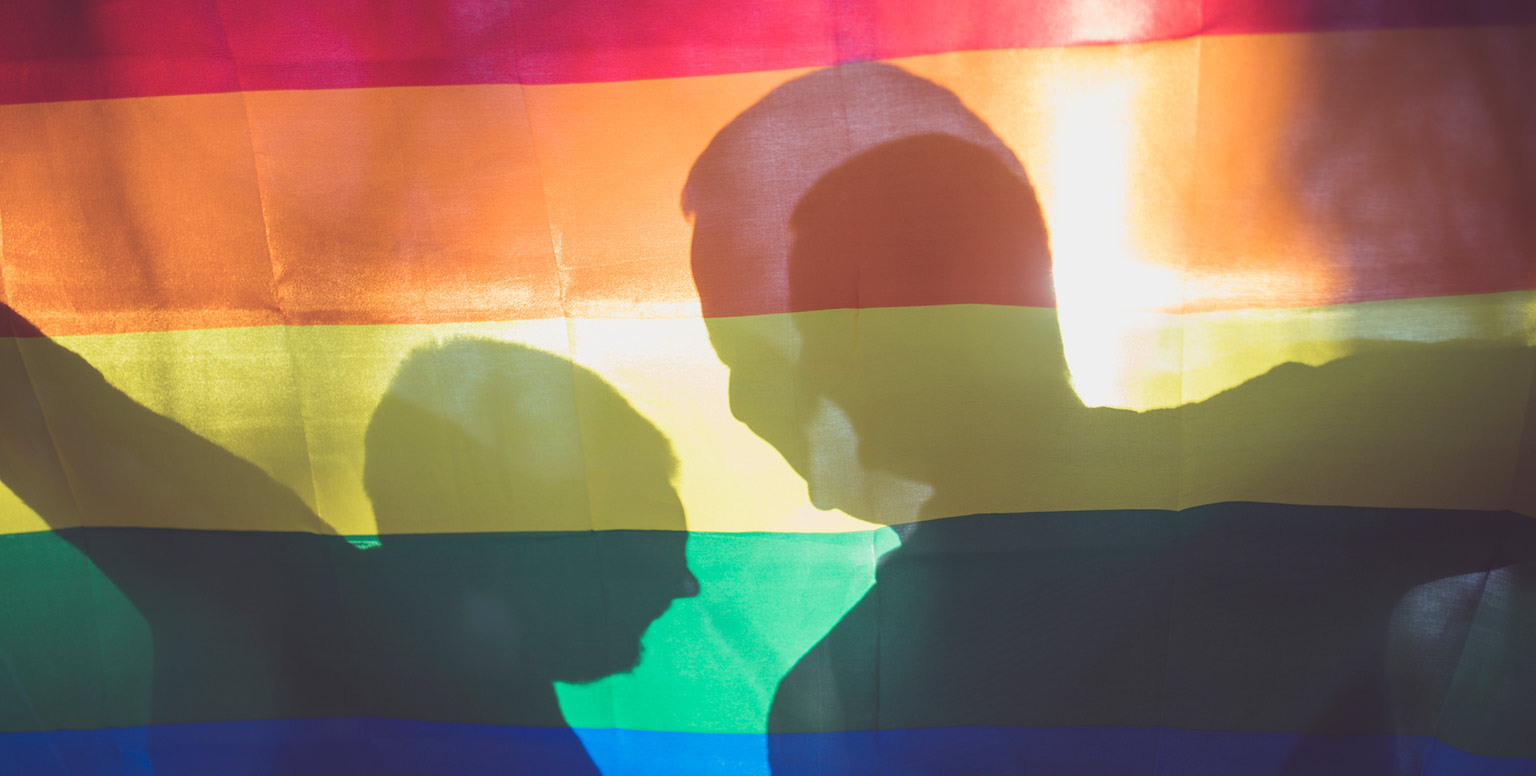This post originally appeared on the NCOA blog.

According to a recent Gallup Poll, there are approximately 2.4 million lesbian, gay, bisexual, and transgender (LGBT) people over 50 years old. We know that many LGBTQ/SGL (same-gender loving) elders never came out of the closet because of the discrimination and stigma associated with being considered criminal and mentally ill. Many compartmentalized their lives into separate “bins” without ever sharing their whole selves.
The way it was
Indeed, LGBTQ/SGL people could be fired from their jobs; have their children taken away through the courts; be abandoned by friends and family; have their names printed in the newspaper as a pervert; and receive a dishonorable discharge from the military.
When we add the very real fear of reprisal because of the current state-sanctioned discrimination, we can understand their fear, lack of trust, and the increased social isolation. A number of alarming developments within the current U.S. administration have made life scarier and more difficult for LGBTQ people, including:
- the recent Supreme Court ruling that allows businesses to not serve LGBTQ people because of religious concerns
- the executive order to ban bathroom use for transgender students
- the erasure of any mention of the LGBTQ community from White House, Department of State, and Department of Labor websites
- the attempt to eliminate LGBTQ questions from the National Survey of Older Americans Act Participants and the Annual Program Performance Report for Centers for Independent Living,
Diversity and engagement
Working with a diverse elder population and issues impacting diverse elders, especially people of color communities, I think about diversity and engagement to include all people in whatever work I do. That means to intentionally think about who is at the table, as well as who is not at the table in terms of not only race and ethnicity, but perceived class, socioeconomic status, age, gender representation, and geography. It means that I may have to think outside of my comfort zone and consider norms beyond my own African American, lesbian, older, woman, cisgender, born in USA, middle class, college educated sensibilities.
I suggest we acknowledge the hostile environments that may exist for the people we serve. For example, as LGBTQ/SGL people, African Americans, Latinx, and other people of color, we may experience heterosexism, racist and sexist cultures, and a binary gender system.
We must remember that LGBTQ/SGL people are not monolithic, and that one person, one situation, does not define the entire group. Use the word “communities” instead of community to be inclusive. Put the rainbow symbol of LGBTQ/SGL in your media campaigns and on your website, and wear a rainbow pin on your lapel. Have zero tolerance for harassment and discrimination in your policies. Before creating programs, meet with grassroots leaders, as well as the state, city, and county leaders, to ensure that they actually meet the needs of the people you’re aiming to serve.
These few suggestions can go a long way to positive outreach and increasing the perception of your organization as a collaborator and ally.
The opinions expressed in this article are those of the author and do not necessarily reflect those of the Diverse Elders Coalition.

